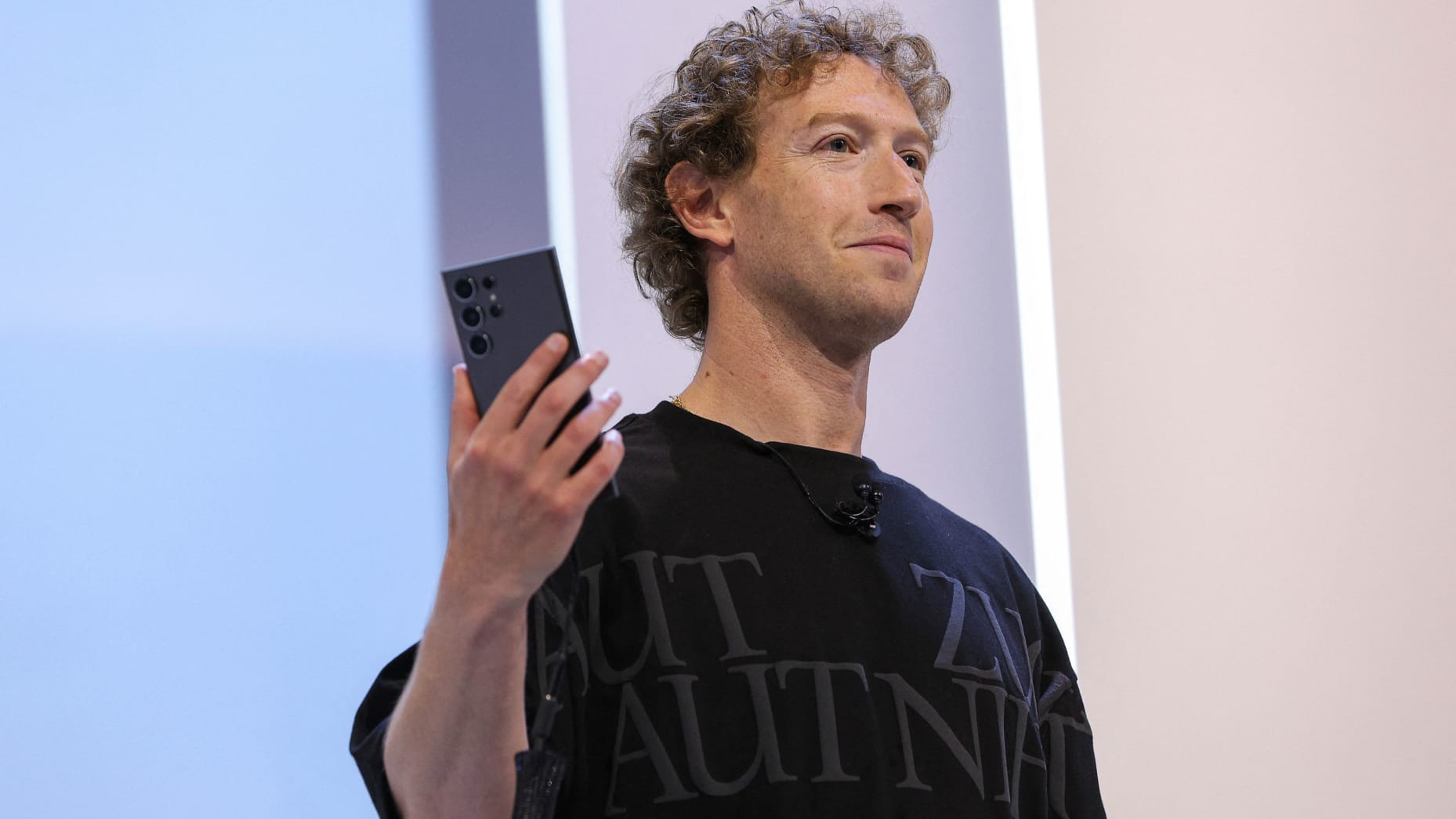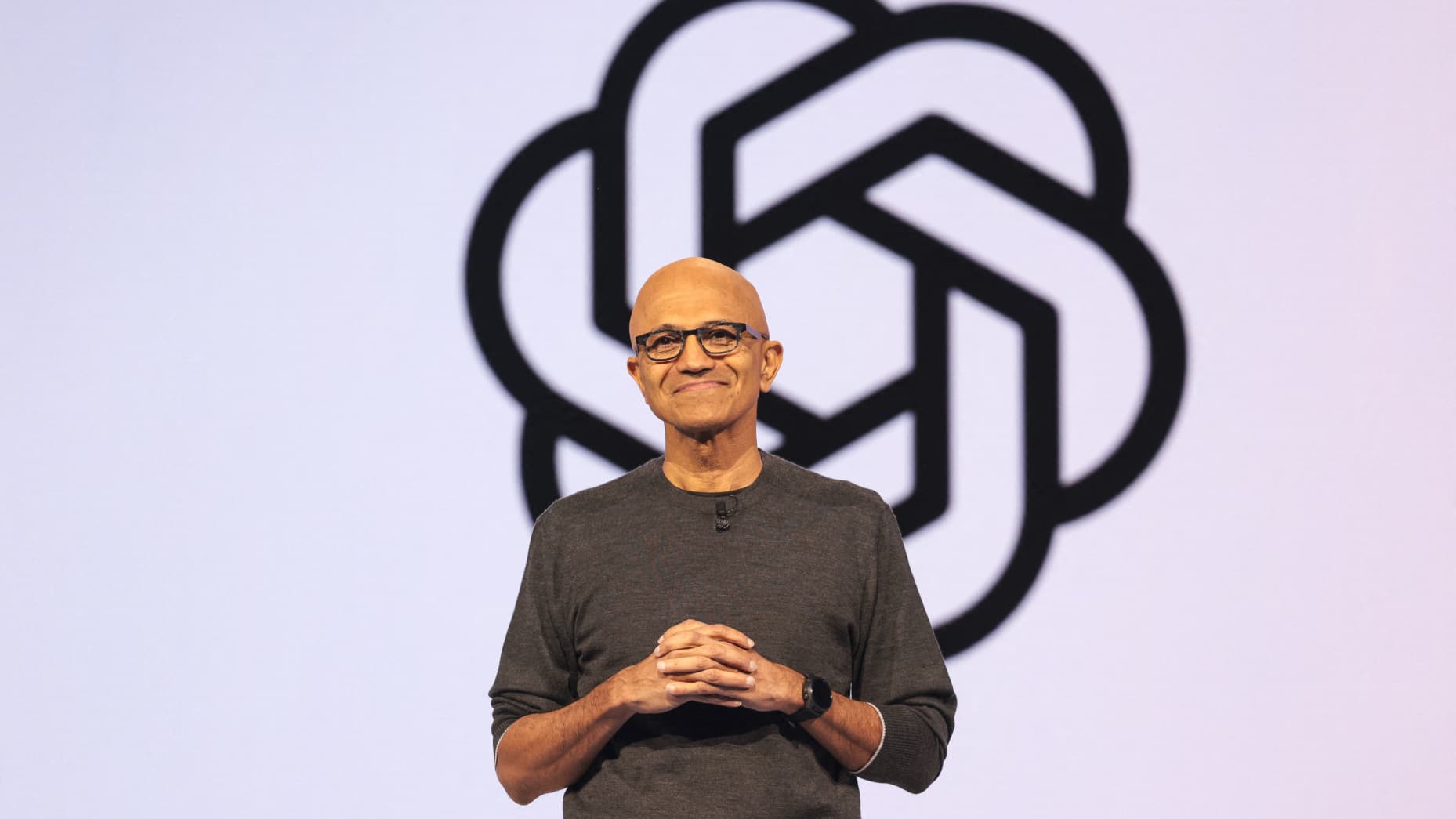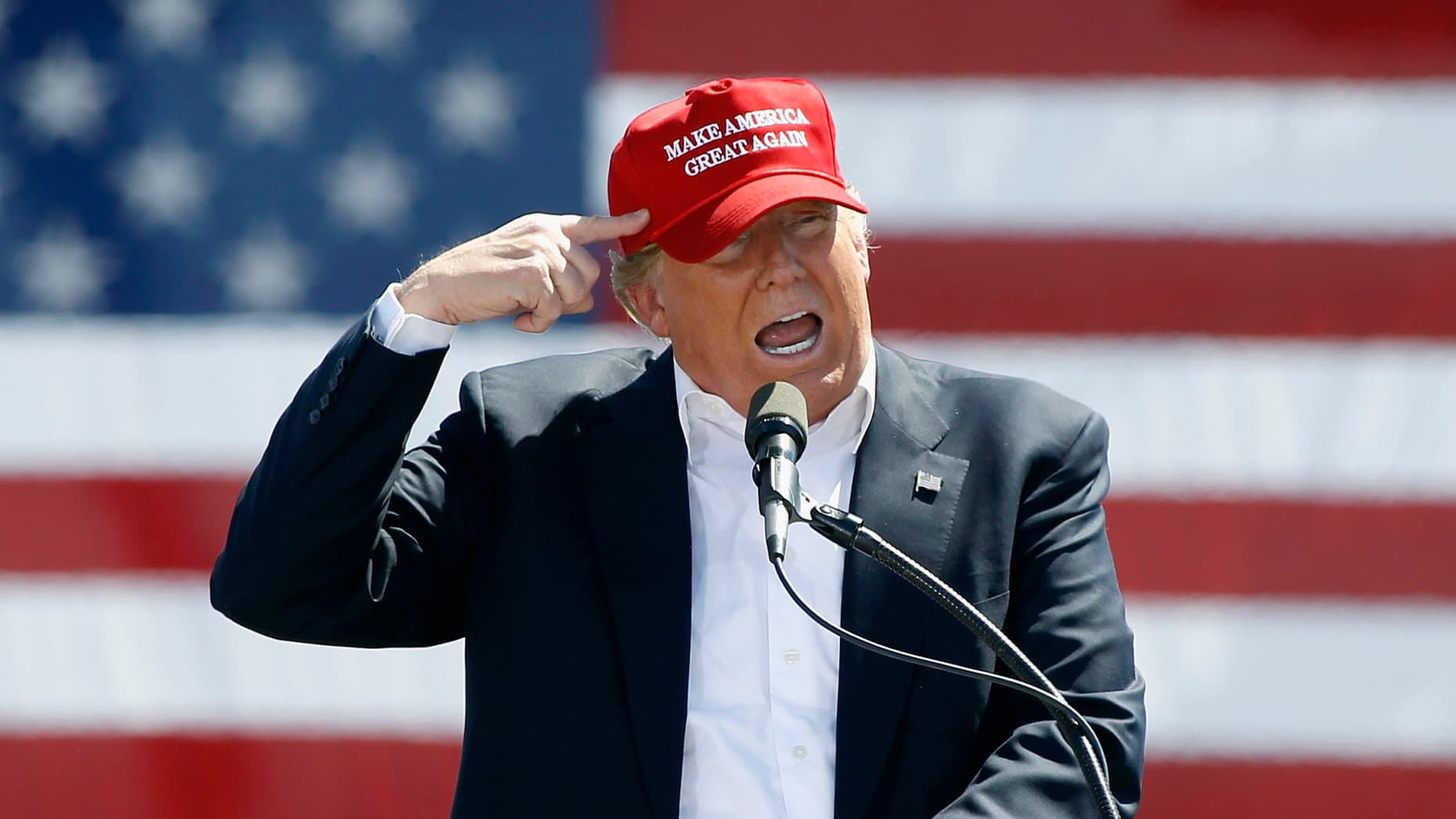Sony has announced a new round of price increases for its PlayStation 5 family in the United States, momentarily lifting the cost of the entry-level Digital Edition while nudging the standard disc-equipped console and the higher-end PS5 Pro upward as well. The changes, set to take effect this week, come amid a broader macroeconomic backdrop shaped by tariff policy and ongoing supply-chain considerations that have affected many consumer electronics makers. Sony emphasizes that its pricing move is connected to a difficult economic environment rather than a direct tariff-driven adjustment, though it has stressed that the company continues to adapt to evolving costs and market dynamics. In parallel, the company notes that retail prices for console accessories, such as controllers, have remained unchanged. The developments arrive as Sony and rivals navigate tariff developments, diversified sourcing initiatives, and strategic pricing deliberations tied to anticipated profits, lifetime value, and the evolving value of content and services.
Sony PS5 pricing update: precise figures, timing, and product scope
In a move that aligns with other industry pricing actions in recent months, Sony disclosed that the PlayStation 5’s price in the United States will rise for all major SKUs, with separate increases for the two primary hardware configurations and a higher-end model. Specifically, the entry-level PlayStation 5 Digital Edition will see its suggested price advance from $450 to $500. The standard PlayStation 5 with a built-in disc drive will increase from $500 to $550. Finally, Sony’s premium PS5 Pro will climb from $700 to $750. The timing of these changes places them as a contemporary response to ongoing economic and supply considerations, with Sony indicating that the adjustments are aimed at balancing multiple financial and market factors in the current year.
The price increases bring the PS5 family into a higher price tier that may influence consumer purchasing choices, particularly among prospective buyers weighing the difference between the Digital Edition and the disc-equipped version. The Digital Edition’s rise from $450 to $500 marks an important shift for a model that had been positioned as the more affordable gateway into the PlayStation ecosystem. The $50 jump for the Digital Edition is matched by a $50 increase for the base disc-based console, elevating the entry point for physical-media-capable hardware. The PS5 Pro, which targets enthusiasts seeking the most capable performance, experiences a $50 uptick as well, moving from $700 to $750. Taken together, the changes reflect a unified strategy across the PS5 lineup, reinforcing a broader pricing stance for Sony’s next-generation hardware.
In conjunction with the price moves, Sony’s public communications emphasize consistency with the company’s broader pricing philosophy. While noting the price changes, Sony underscored that its accessory lineup, including controllers and other peripherals, has not experienced price increases. This distinction suggests a deliberate pricing approach in which platform and core hardware are managed separately from peripheral components, potentially reflecting different cost structures, margins, and demand dynamics for each category.
Sony’s remarks also highlighted the company’s intent to maintain a flexible approach to pricing decisions in the face of evolving market conditions. In official statements and translated earnings discussions, Sony indicated that it is monitoring consumer price sensitivity and weighing a range of metrics, including total full-year segment profits, the lifetime value of customers, manufacturing costs, units sold, and the potential of content sales. This framing suggests that the company intends to adjust pricing in a way that sustains its ability to invest in software, services, and ongoing platform development while responding to shifting demand patterns.
Tariff context and the broader economic backdrop shaping pricing
A set of tariff developments at the policy level has created a complex backdrop for hardware manufacturers, including Sony. The Trump-era tariff framework, initially announced in the spring, began to take effect earlier in the month for many regions. The United States currently maintains a 30% tariff on imports from China, and higher tariffs on certain goods from the world’s second-largest economy have been described as paused by the administration, signaling ongoing uncertainty in the policy landscape. In Japan, Sony’s home country, a 15% tariff was imposed on certain goods, illustrating how different markets within the company’s global footprint are affected by tariff regimes.
Sony did not attribute its pricing increase directly to these tariff measures. However, the company has repeatedly signaled that global consumer businesses are contending with a challenging economic environment, and the tariff milieu is widely understood to compound cost pressures across supply chains, manufacturing, and logistics. Sony stated that, in line with many global firms, the business is maneuvering within a context of greater cost volatility and demand variability, and pricing decisions are being made with those realities in mind.
The company also noted that its U.S. console hardware is produced outside of China, a detail that has been highlighted in recent discussions about supply chain diversification. While tariffs on China remain a looming factor for many electronics manufacturers, Sony pointed to diversification efforts as part of its strategic response to the tariff environment. The aim is to mitigate exposure to any single geographic risk and to preserve stable supply for the U.S. market even as tariffs shift. In this context, Sony executives have indicated that the exact pricing calculus for hardware is nuanced and would have implications for future competitive strategy; the company’s messaging, however, stresses a flexible, adaptive approach to pricing that considers multiple variables.
Industry observers note that Sony’s comments about supply chain diversification and regional production align with broader industry trends. The company has highlighted that it is pursuing sources and manufacturing facilities outside of China to support U.S. demand, a strategy that could help reduce exposure to tariff-induced cost pressures and potential supply disruptions. In discussing pricing, Sony executives have said they will continue to monitor consumer price sensitivity and to weigh broader profitability considerations across segments, including hardware, software, and content sales potential. This integrated perspective reflects the interconnected nature of hardware pricing with software ecosystems and subscription services that can influence long-term profitability and consumer loyalty.
Competitive landscape: how rivals are adapting to tariffs and costs
Sony’s price adjustment arrives in a market where other major platform holders have already taken pricing actions or signaled strategic moves in response to tariffs and cost pressures. In May, Microsoft raised the price of its Xbox video game consoles, signaling a trend of premium hardware pricing among the major console families as companies strive to maintain margins amid rising costs. Nintendo, meanwhile, has faced tariff-related headwinds that have affected its product rollout plans. In April, Nintendo delayed pre-orders for its Switch 2, attributing the move to tariff-related considerations. While Nintendo did not raise the price of its newest hardware at launch, it did increase the price of the original Nintendo Switch earlier in the month, underscoring a broader industry pattern of price adjustments in response to tariff dynamics and supply chain costs.
These industry moves illustrate a shared challenge across console makers: sustaining product investment and platform development while contending with macroeconomic pressures and policy-driven cost increases. Sony’s decision to adjust PS5 pricing occurs within this competitive context, potentially influencing consumer expectations and the broader market’s pricing direction. The relative calm in peripheral pricing—where Sony has kept controller and accessory prices stable—could be a deliberate strategy to maintain accessibility for existing PlayStation owners and to support ongoing engagement with the platform’s software and services.
From a strategic standpoint, the pricing actions by Sony, Microsoft, and Nintendo reflect a broader industry emphasis on balancing hardware pricing with the value generated by exclusive games, in-game content, and subscription services. As companies work to maximize lifetime value and ensure that hardware sales translate into durable, recurring revenue, pricing models may continue to evolve in response to consumer demand, currency fluctuations, and evolving tariff policies. Market observers will be watching closely how these moves affect sales mix, stay-at-home entertainment budgets, and the competitive positioning of each platform in a rapidly shifting policy and economic environment.
Consumer implications, demand dynamics, and monetization considerations
The PS5 price increases carry direct implications for consumers deciding whether to purchase a console now or wait for potential promotions or price adjustments in the future. A higher entry point for the Digital Edition could influence buyers who were previously considering the digital-only option. The $50 increases for both the Digital Edition and the standard disc-based model raise questions about the relative value proposition of digital versus disc-based formats, particularly for households with a strong preference for physical media or for the growing base of digital-only users who value the convenience of a disc-free setup.
For enthusiasts who want the most capable hardware, the PS5 Pro’s $50 rise reinforces the premium tier’s position in Sony’s lineup. The Pro is often marketed toward players seeking higher resolutions, faster frame rates, and enhanced performance features, so the price movement might align with the perceived value of cutting-edge hardware in the current generation. It remains to be seen how the price changes will influence sales volumes across the PS5 family, but the broader pricing strategy—coupled with accessory price stability and ongoing investments in software and services—suggests Sony aims to preserve its platform economics while adapting to a challenging macro environment.
In addition to hardware pricing, the discussion around tariffs and supply chain diversification underscores the importance of ongoing investment in content, services, and ecosystem-building. Sony’s strategy to monitor consumer price sensitivity and to consider lifetime value and content sales potential indicates an integrated approach that links hardware pricing decisions with software cadence, game development, and subscription offerings. As the market matures, the balance between up-front hardware costs and long-term monetization opportunities through games, services, and digital storefronts will likely influence expectations for how pricing evolves in the PlayStation ecosystem.
Consumers may also monitor other industry moves, such as Microsoft’s Xbox price adjustments and Nintendo’s tariff-related timing for new hardware. These developments collectively shape the trading range for next-generation consoles and influence how retailers present bundles, promotions, and financing terms. The presence or absence of promotions, trade-in offers, or selective discounts could become important differentiators as players decide when and what to buy.
From a retail perspective, the absence of price changes for accessories could help soften the overall cost of adopting into the PlayStation ecosystem for those who already own a console or who are upgrading to a new model. Accessory pricing stability can support continued engagement with the platform’s controllers, headsets, and other peripherals, which are essential components for many players’ overall gaming experiences. Retailers may also seek to optimize bundling options that pair consoles with popular games or services, further shaping consumer choices in a market where price remains a critical factor.
Supply chain resilience, pricing strategy, and long-term outlook
Sony’s public statements place emphasis on supply chain diversification and the strategic objective of mitigating tariff-related risk while preserving the ability to meet U.S. demand. The company has indicated that the hardware it sells in the U.S. is produced outside of China, a point that aligns with broader industry trends toward regionalized manufacturing and diversified supplier networks. This approach helps reduce exposure to single-country policy shifts and logistics disruptions, while still maintaining access to global supply and the capabilities required to deliver new hardware to American consumers.
Pricing decisions in this context are inherently linked to manufacturing costs, unit economics, and the anticipated profitability of the full year. Sony representatives have suggested that the company will deploy flexible decision-making to respond to market signals. By examining consumer price sensitivity and weighing the potential benefits of content sales alongside hardware units sold, the company aims to optimize both near-term results and long-term platform health. This approach recognizes that hardware pricing can influence future competitive positioning, but also acknowledges that sustained profitability depends on a healthy software and services ecosystem that incentivizes continued hardware adoption and game purchases.
The broader industry implications hinge on how Sony, Microsoft, Nintendo, and other players balance fresh hardware introductions with the ongoing need to monetize software libraries, online subscriptions, and in-game purchases. As tariffs, currency fluctuations, and supply chain considerations continue to shape the cost landscape, the ability to manage pricing across multiple product categories—hardware, software, and services—will remain a critical driver of competitiveness. In this environment, the pricing strategy must align with strategic goals, addressing both immediate market needs and the longer-term evolution of the gaming ecosystem.
Implications for publishers, developers, and retailers
Beyond consumer-facing price signals, Sony’s pricing strategy carries implications for developers, publishers, and retailers within the PlayStation ecosystem. A higher hardware baseline can influence consumer expectations for the overall cost of entry into the platform, including the potential demand for bundles that combine games or subscriptions with hardware. For publishers and developers, a stable or improved hardware pricing story can support expectations for sustained software sales and Remains an opportunity to maximize the value proposition of exclusive titles and platform-wide services.
Retailers face the challenge of presenting these price changes in a way that maintains perceived value and encourages timely purchases. Strategic promotions, bundles, and financing arrangements may become more prominent as retailers seek to maintain demand while aligning with the new hardware price points. The interplay between hardware pricing and software monetization is a core consideration for retailers, who must balance inventory positioning, consumer sentiment, and promotional budgets in a market shaped by tariff-related cost pressures and shifting consumer spending.
In the longer term, Sony’s diversified manufacturing approach and pricing flexibility may contribute to a more resilient business model, allowing the company to weather fluctuations in tariffs and exchange rates while continuing to invest in first-party content and platform features. The ultimate impact on the PlayStation ecosystem will depend on consumer response to price signals, the strength of exclusive game portfolios, and the ability to deliver compelling value through a combination of hardware performance, software quality, and accessible services.
Conclusion
Sony’s decision to raise the price of the PlayStation 5 family in the United States reflects a multi-faceted response to a challenging economic and policy environment. By increasing the Digital Edition, the standard disc-based PS5, and the PS5 Pro by $50 each, the company signals a pathway that aims to balance cost pressures with the ongoing need to support a robust software ecosystem and compelling content strategy. While Sony attributes the price move to broader market conditions rather than a direct tariff imposition, it remains attentive to tariff dynamics, supply chain diversification, and the importance of monitoring consumer price sensitivity as it plans for the full-year results.
The broader industry context—with Microsoft adjusting Xbox pricing and Nintendo navigating tariff-related delays and price dynamics—highlights a sectorwide recalibration in response to global policy and economic shifts. For consumers, the changes may influence buying timing, bundle decisions, and how they weigh digital versus physical media. For developers, publishers, and retailers, the new price environment reinforces the need to deliver value through exclusive games, subscriptions, and promotions that justify the investment in a modern gaming system.
In summary, Sony’s PS5 price increases accompany a broader strategic narrative about resilience, pricing flexibility, and the ongoing importance of the PlayStation platform’s software and services ecosystem as the company navigates tariffs, supply chain diversification, and evolving consumer demand. As the year unfolds, stakeholders across the gaming landscape will watch closely how these pricing moves interact with game releases, subscription growth, and competitive dynamics in a rapidly changing market.



